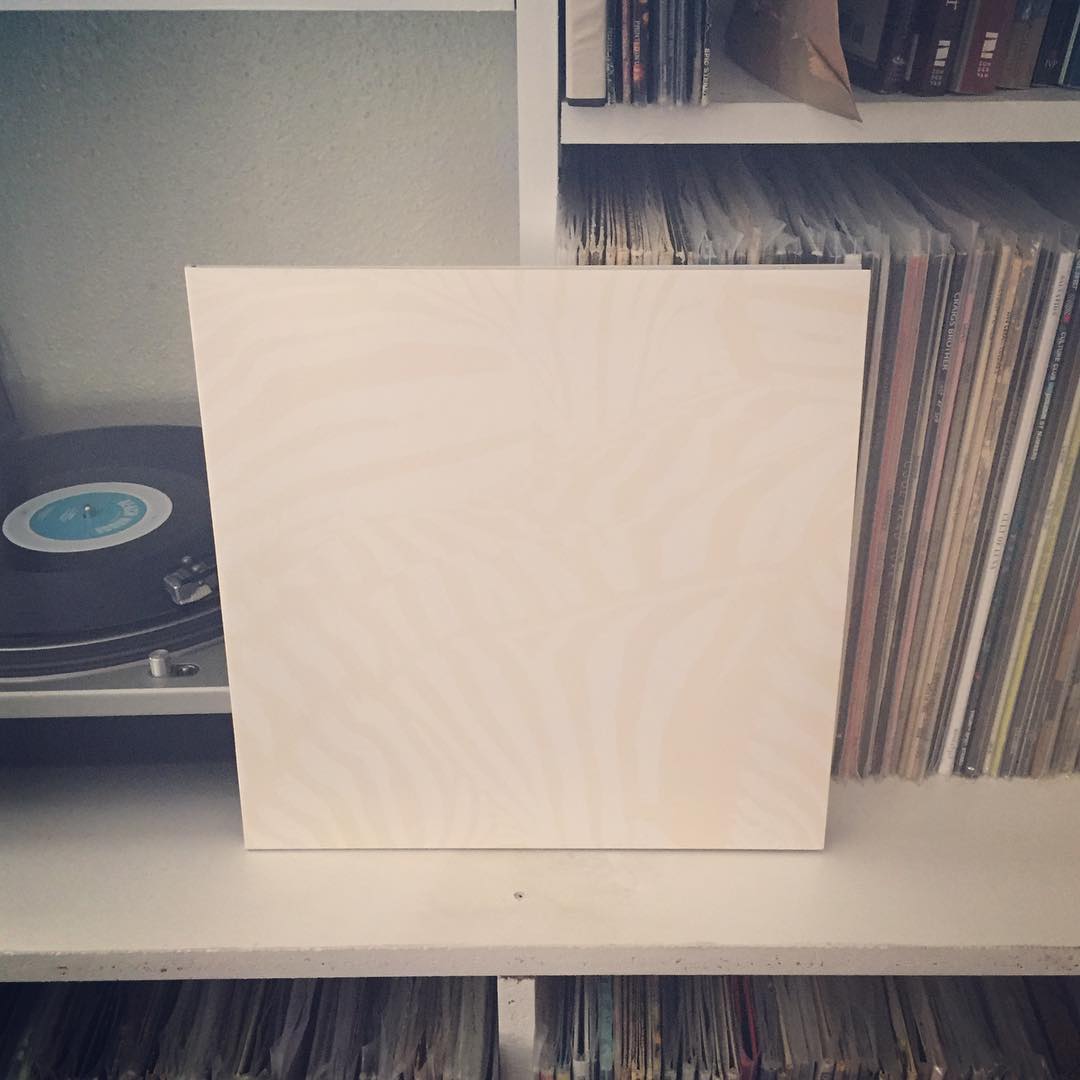 A couple weeks ago, I couldn’t decide whether I wanted to spin Beach House or something else. I asked my wife, and she chose the other, stating “you listen to that record too much.”
A couple weeks ago, I couldn’t decide whether I wanted to spin Beach House or something else. I asked my wife, and she chose the other, stating “you listen to that record too much.”
Listening to it again, she might have a point. Every guitar tone, every word, every keyboard sound is heard in my mind a few seconds before it happens, which is a phenomenon that usually happens only with movies I watched hundreds of times as a kid. No doubt, in the twelve months I’ve had this record, it has had scores of plays on the turntable (even more if you count my iPod). But it’s just that fantastic.
Judging by the under-contrasted zebra stripes of the cover (yes, that’s what that is), you might expect that the music contained therein is equally amorphous (a common criticism). And it’s somewhat true—the album does have a certain ambiguity throughout, between deep keyboard textures, chasms of reverb, and the lead singer’s androgynous voice (on my first listen, I didn’t realize it was a woman singing until the final track).
But there’s also plenty to give the album definition, much like the zebra stripes you finally see if you hold it in just the right light. Crystal clear guitar lines (see: “Norway”) and drums, both programmed and played, and the occasional (electric) piano form the backbone of most of the songs here, adding a jubilant playfulness to the relaxed atmospheres in which the songs exist.
Having spun this in all seasons, I can assure you that this record plays just as well while huddled inside during a snowstorm as it does driving with the windows down in the summer. The warm, sunshiny blankets of synths pair perfectly with the chilly textures of the shimmering guitars. The drum beats are energetic enough to put to a road trip montage, but they’re not so much so that they will dent your zen when you just want to relax.
This is true of the record as a whole—it exists in that sweet spot between pop music and chill music where God intended dream pop to live. It’s a definitive record for modern albums in the genre.